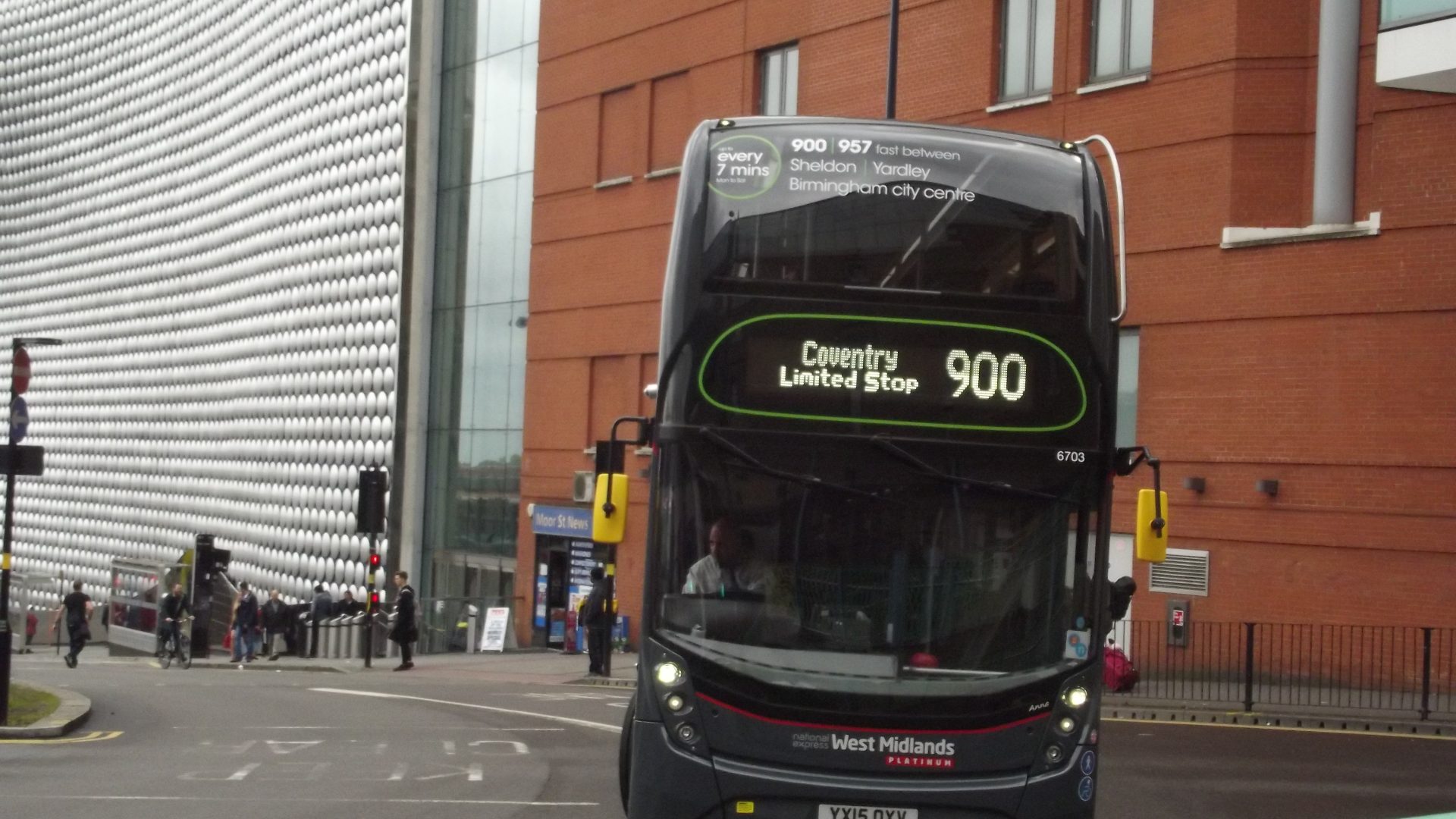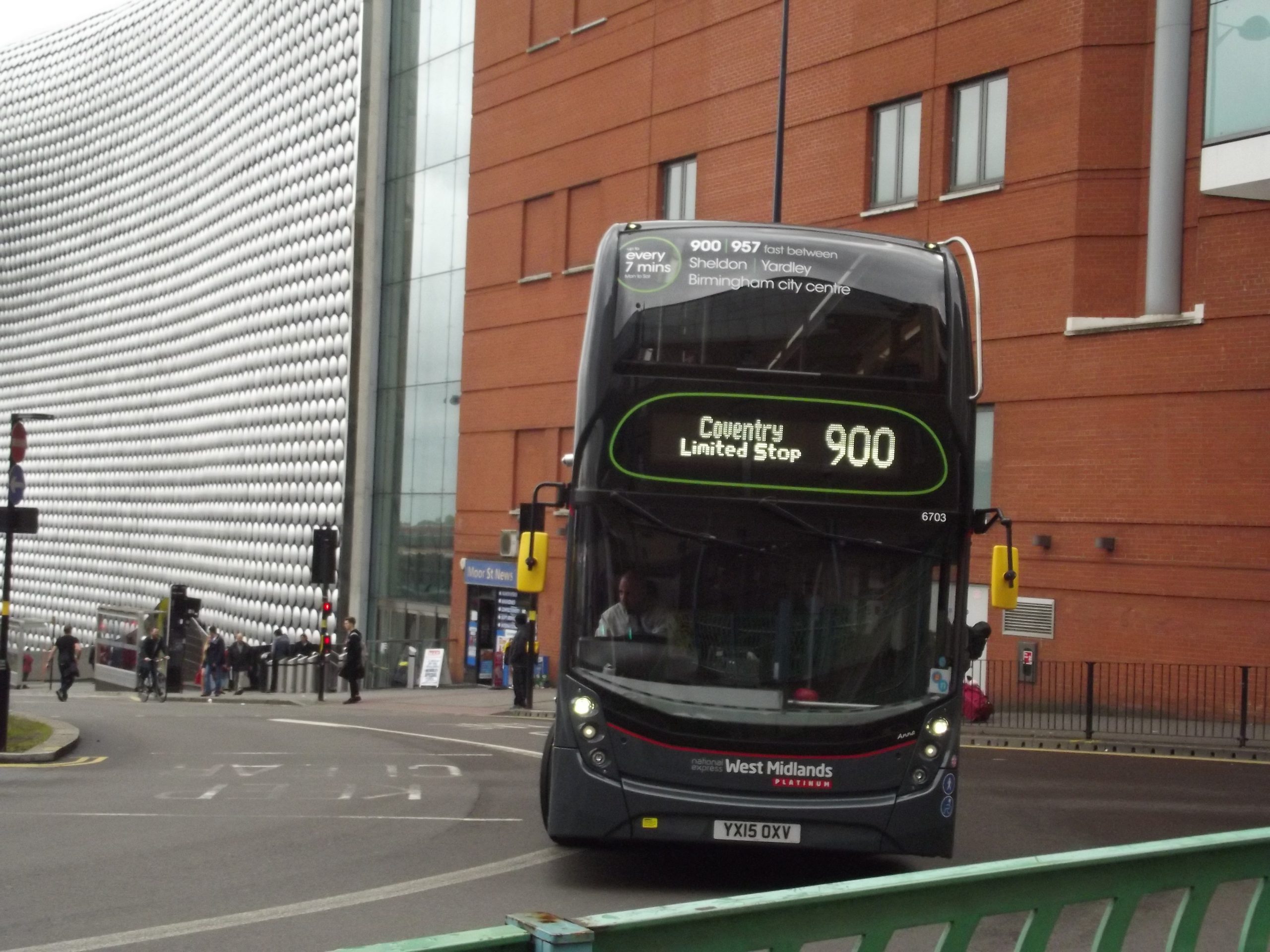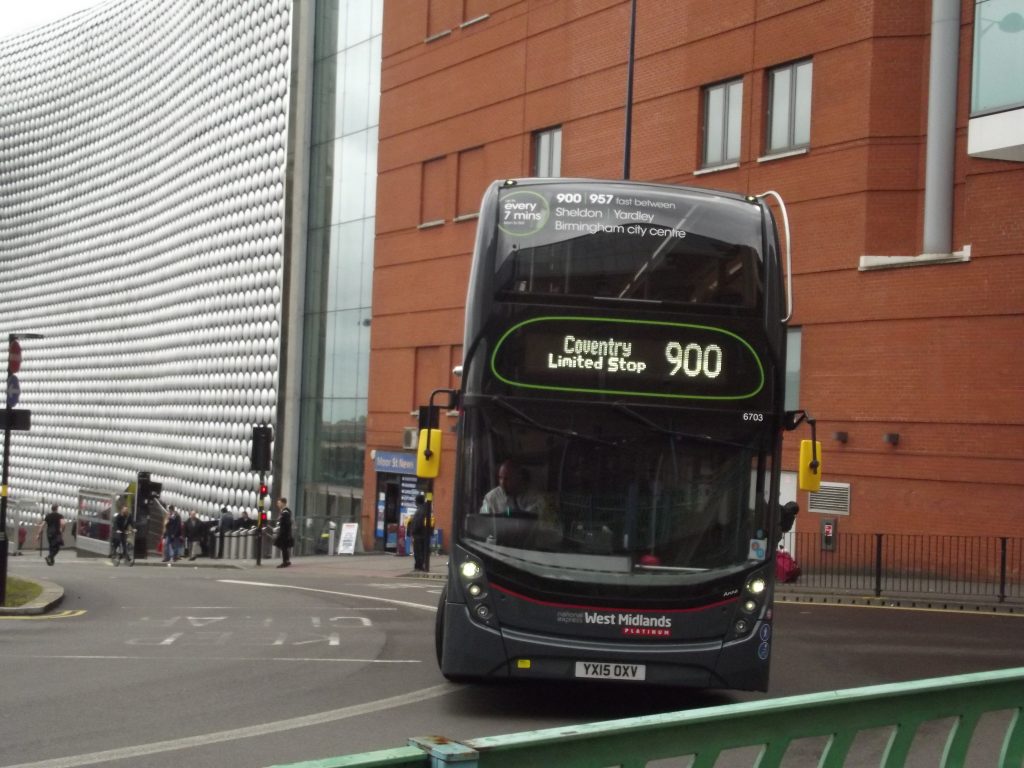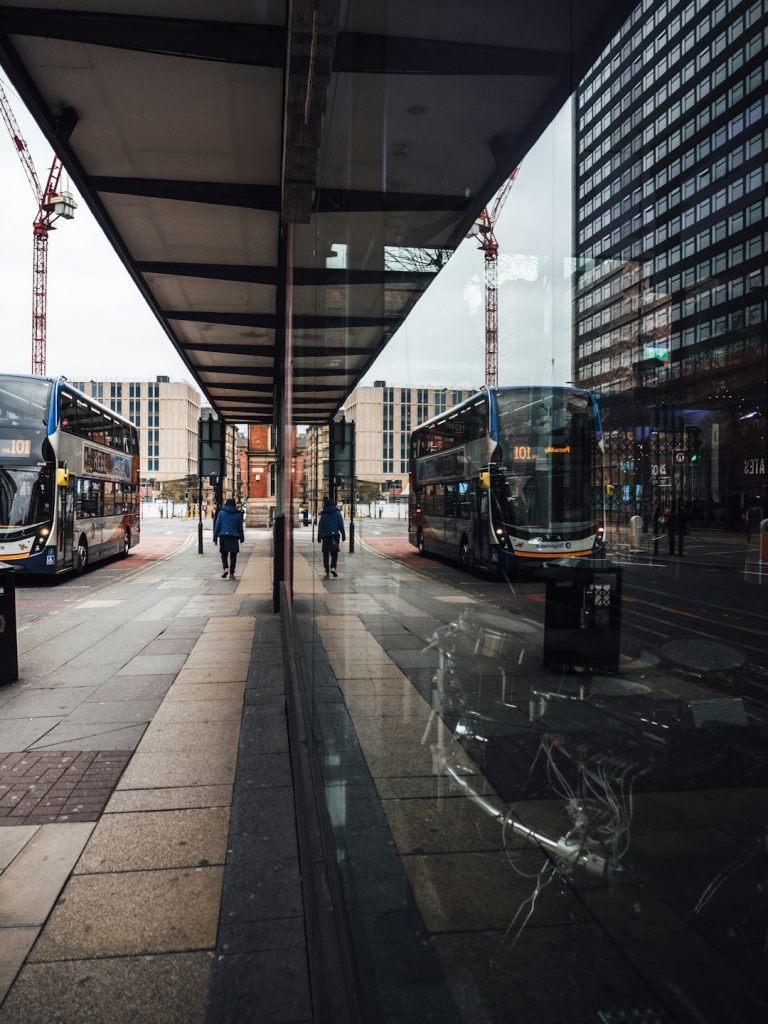Vision:
Improving bus services
- Last update: 16/07/2024
- Version: v1.1
Bus services should be improved over time, to ensure everyone is connected to opportunities.
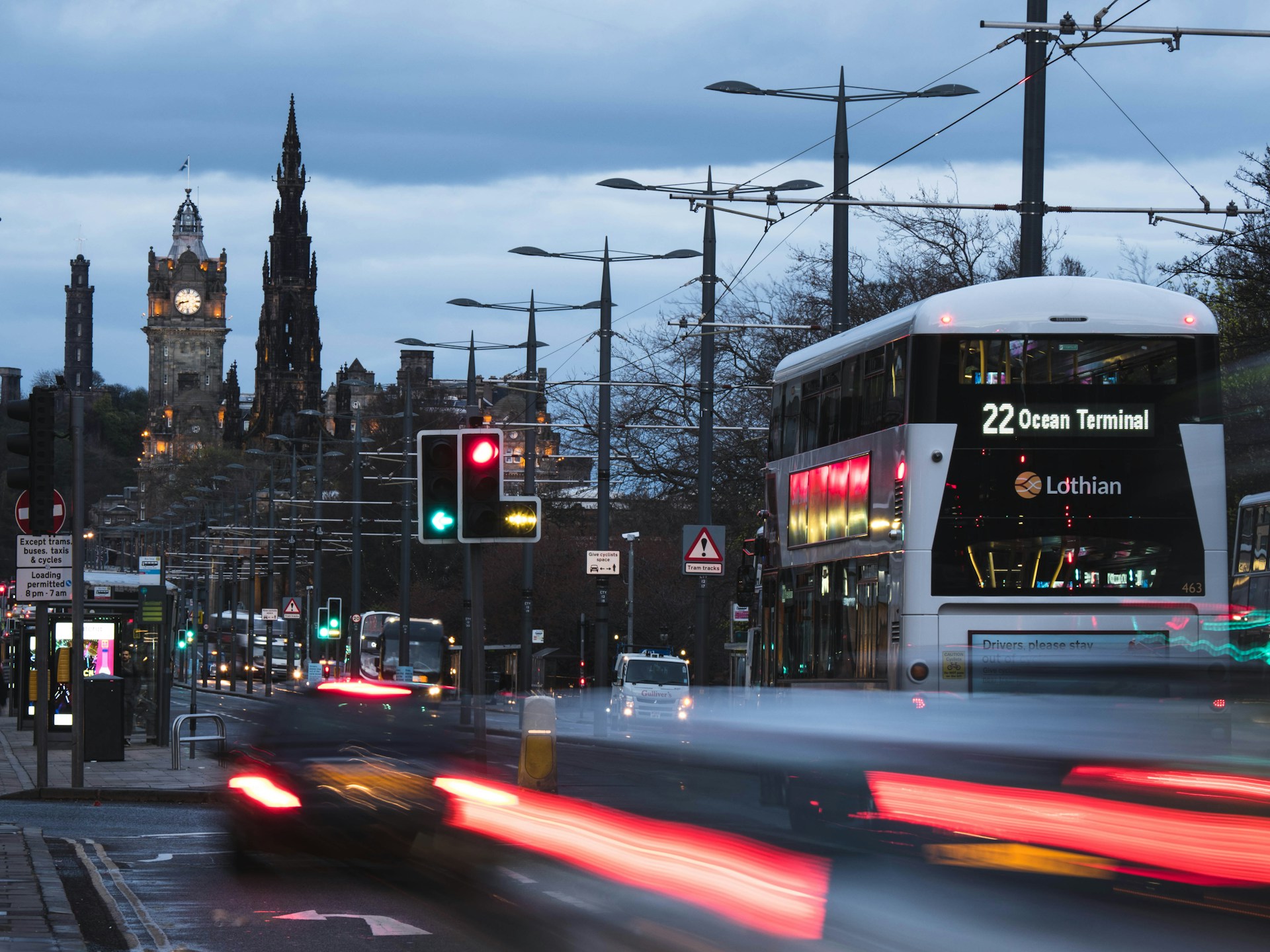
Minimum bus frequency levels
By 2050, buses should operate at the following frequencies:
- For areas with a population of over 500, a minimum of 0.25bph should operate to a nearby urban settlement.
- For areas with a population of over 1,000, a minimum of 0.5bph should operate to a nearby urban settlement.
- For areas with a population of over 2,000, a minimum of 1bph should operate to a nearby urban settlement.
- For areas with a population of over 4,000, a minimum of 2bph should operate to a nearby urban settlement.
In urban areas, bus frequencies should generally be higher. This will be controlled by Transport Authorities and the newly formed Buses Commissioner for Great Britain.
We define a ‘nearby urban settlement’ as a town or city with a population over 25,000 and with a railway station.
Bus stops in urban areas and main stops in rural areas should have modern passenger information systems installed, including audio and visual, which will show next bus departures, rerouting of specific services, and potential delays.
Serving smaller settlements
For areas with populations under 500, under our plans, they will not necessarily be served by a scheduled bus service.
We support research into new innovative transport solutions to serve these smaller settlements. This could include emerging technologies like Demand-Responsive Transport.
Electrifying the bus network
By 2050, all rural buses operating in England, Wales and Scotland should be electric, or a diesel/electric hybrid. By 2050, all urban buses operating in England, Wales and Scotland should be electric.
Cities should consider overhead trolleybus infrastructure on the densest, most frequent corridors. These are a proven technology routinely used in other countries. These networks could use battery buses which charge themselves from wired sections before continuing on branches using battery power.
More research is needed into the safety and efficiency of hydrogen buses before they are considered for wider rollout. We believe a combination of trolley and battery buses is likely to be the best solution for decarbonisation.
Integrating buses into the wider network
One role of the Buses Commissioner will be ensuring buses are timetabled to enable seamless connections. We propose the following principles to ensure buses are integrated with each other, and with rail, metro and tram systems:
- Easy physical interchanges (with minimal walking time, step-free access and good signposting).
- Integrating timetabling with rail.
- Holding bus connections for late-running trains or other buses where feasible, and informing passengers when connections will be held.
Simplifying and reducing bus fares
We support the implementation of a permanent £1.75 maximum bus fare across England, Wales and Scotland, regardless of operator or operation type, subsidised by National Government.
- No further reading linked
- 16th July 2024: Initial publication of our policy on simplifying and reducing bus fares
- 14th December 2023: Initial publication
